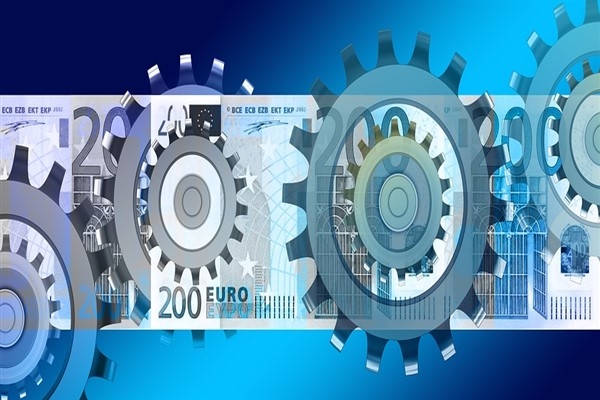

The focus of the week will be the consumer inflation data for August, which will come from the US. CPI is expected to decline by 0.1% on a monthly basis and annual CPI is expected to soften by 0.5 points from 8.5% band to 8%. Although the expected level of the data and the details showing that inflation has lost pace in general seem positive, focusing on the items that cause stickiness in the details underlying the CPI will provide a more accurate interpretation. The trend in core items, regardless of energy, is highly likely to point to a periodic rise, as the decline in gasoline prices strengthens consumers' mood and enables them to allocate more consumption resources.
August inflation indicators will likely be very soft, but we do not expect headline and core inflation to show a linear trend for this period. Rents will keep service prices high. Rental increases are generally more serious in contract renewal periods, so it is necessary to calculate the lagged and cumulative effects of low realizations in some months in this item. For this reason, we are still in an early period to talk about a significant decrease. Core inflation is expected to rise by 0.3%, which should increase annual core inflation from 5.9% to 6.1%. Core inflation is likely to rise further in the coming months, with a solid trend of around 6% until 1Q23.
In the July report, released on August 10, it appears that the drop in gasoline prices will constrain the August reading. Pump prices have fallen by about 13% on a monthly basis. Used car prices are also likely to decline. The sharp drop in gasoline prices, which helped moderate headline inflation, diverted spending to other goods and services. This is consistent with activity indicators after the July FOMC meeting, which mostly surprised to the upside.

Contribution levels of inflation sub-items… Source: Bloomberg, Bureau of Labor Statistics
Recent Fed research seems to confirm policymakers' fears of an early manifestation of a wage-price spiral: an article from the San Francisco Fed shows that short-term inflation expectations are fully reflected in wages during the pandemic, and the New York Fed study has shown that wages and inflation have been on the rise since Covid began. indicates a doubling of input costs. What happens in the labor market and its impact on wages – and ultimately prices – will determine how high the federal funds rate needs to be to suppress inflation.
In terms of the Fed; strong core inflation and a still tight labor market maintain the outlook for rate hikes. We wouldn't expect months of zero headline inflation to change ideas about the Fed's rate hike size, as the upward pressure on core inflation will likely continue. The 'integrity' of the data Fed Chairman Jerome Powell will watch shows little signs of cooling in the economy, and perhaps even some acceleration. The Fed will most likely raise interest rates by 75 basis points on September 21, with smaller moves coming in November and December, so this is most likely the last 75 basis point hike. How the Fed will continue, whether it will push the terminal rate up and the underlying economic projection updates will be more important.
Kaynak Tera Yatırım
Hibya Haber Ajansı